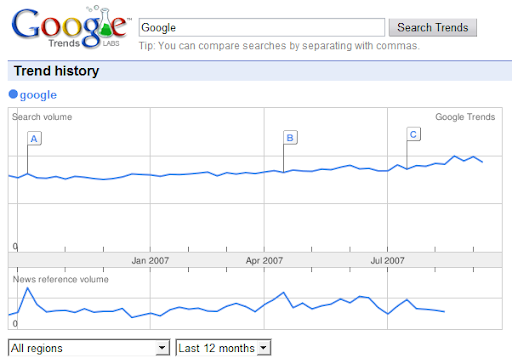I've been a linux user for 10+ years and have contributed a lot of code and bug reports to different distros (distributions) over time. Just lately, I heard about a new distro over at Neowin.net called ShiftLinux. It is a community effort from Neowin users to create a Linux distribution... And as soon as I heard, I wondered why another distribution? But soon realized, more people coming to the Linux world, would mean a better future for Linux.
From the Shift Linux website:Shift Linux 0.5 (RC-2) includes three fully branded versions: KDE, Gnome, and Flux, all Live CDs. Included in this version are most of the most popular packages to include wireless support and a desktop installer. In addition, we have newly created packages such as:
- k3b (All Versions)
- Rhythmbox (All versions)
- Bluetooth Support (All versions)
- HP Printer Drivers (All versions)
- Power management and laptop detection (All versions)
- NTFS Read/Write support (All versions)
- Envy (All versions)
- New branding!
- Extremely fast...You'll forget it's a CD in 5 minutes.
Based on Morphix Linux, Shift is Debian based and I decided to try the latest ShiftLinux 0.5 RC2. Most stuff are going to be the same between this one and 0.5 Final to be released on 10th Nov,2007. I prefer to use KDE, and hence got the KDE version. The distro can be downloaded from Neowin's server or via Bittorrent. I used Bittorrent to download but to my dissapointment, found only 2 seeds. I was expecting a few more seeds (it's a yr old, so may be the initial excitement is over). But the download was pretty fast. List of apps that non-KDE:
- Office: Gnumeric Spreadsheet, AbiWord Word Processor
- Multimedia: Audacity, Rhythmbox, VLC Player, XMMS, Xine
- Internet: Gaim Messenger, Icedove, Iceweasel, XChat
- Graphics: GIMP, Kooka Scan & OCR, XSane, xpdf
- Others: Python 2.4, Synaptic, Apt. For people with graphic cards, ShiftLinux uses Ubuntu's Envy Script for ATI and nVidia Graphics Driver.
| Shift Linux's Boot Screen | Shift Linux Desktop |
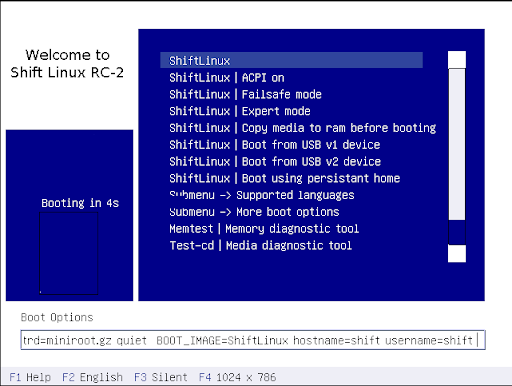 | 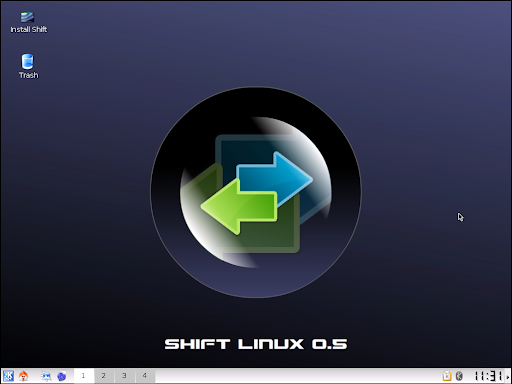 |
| Shift Linux's Browser | Shift Linux's HDD Installer |
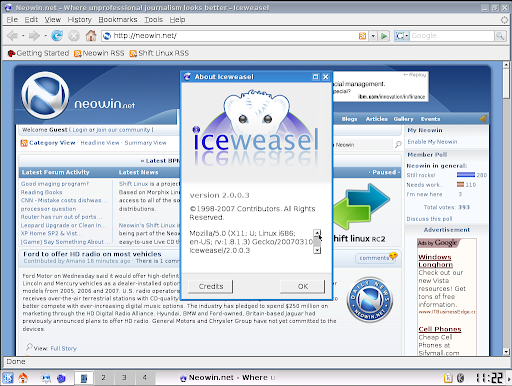 | 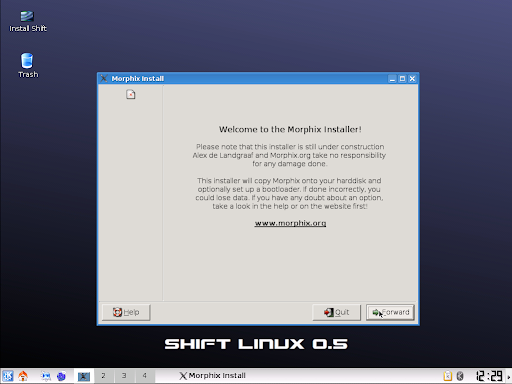 |
Below you can see, streaming from another machine to VLC, running from ShiftLinux LiveCD... it was smooth, not a single stutter!! Happy with the LiveCD's performance, I thought to try the HDD install. There is a nice shortcut on the desktop and is simple for even newbies. Not much configuration to do other than the partitioner GUI. 1682Mb total on HDD. After the copying is completed, I created user accounts which was Step 6. But after that, it wouldn't show step 7 and the installer closes on its own. Tried booting from the HDD, but nothing happens. The HDD install needs some more work... ShiftLinux is still under heavy development and needs a lot of work, but the LiveCD rocks!!
| Shift Linux's HDD File Copy | Shift Linux's VLC from Streaming |
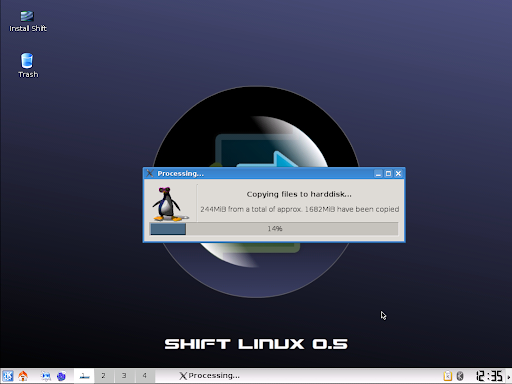 | 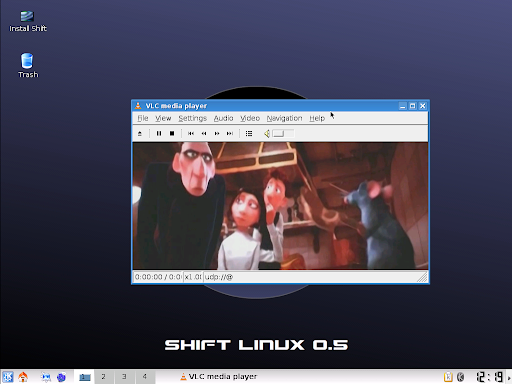 |
Good Points: Fast, Easy and Neowin. Community Developed. LiveCD+Installable.
Could be improved: Better branding, Integration, Few Bug Fixes, HDD installer kept crashing, Some more Wallpapers, Themes, Icons related to neowin.
PS: Neowin.net is not a windows-user community like other reviewers have mentioned here. Users on the forum are highly technical, friendly and fun. The users are using Mac, Windows, Linux etc. and come from varied background.

